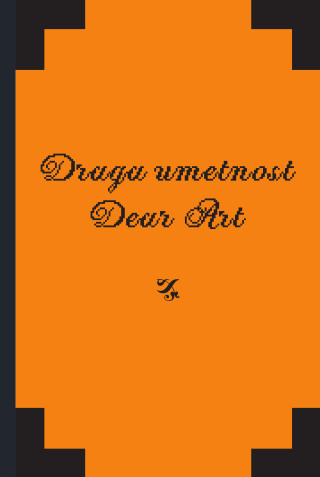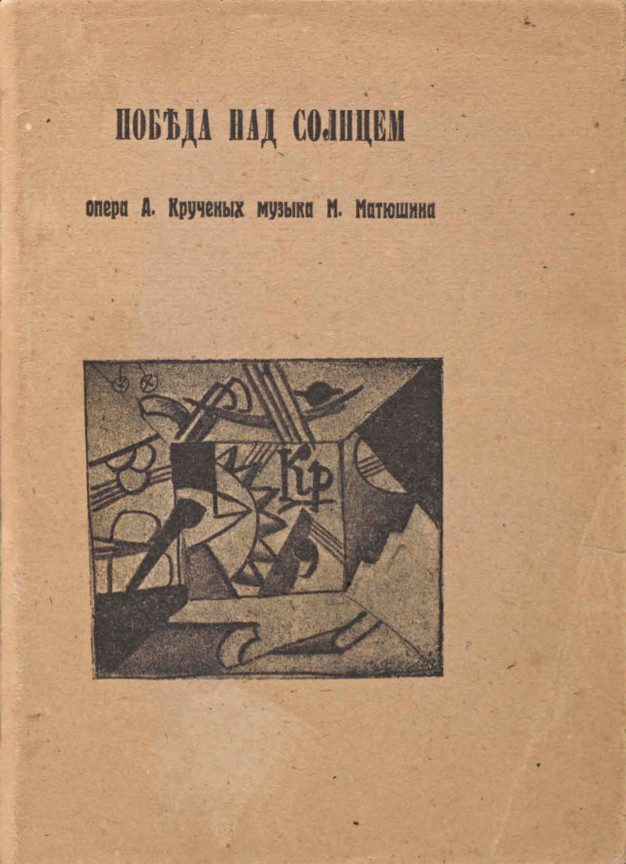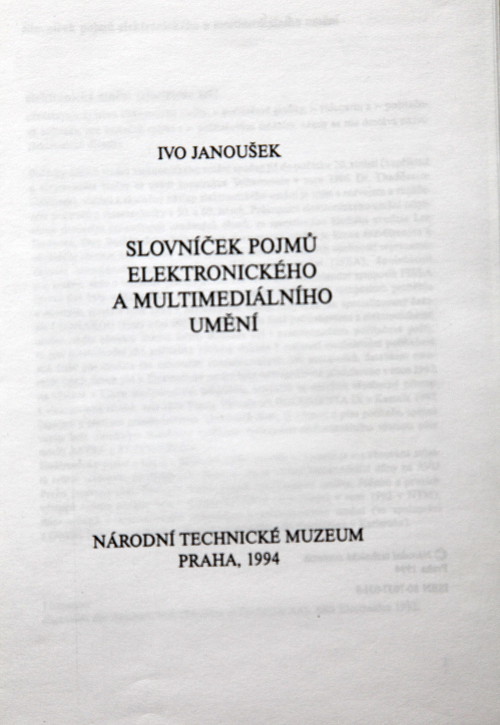What, How and for Whom (eds.): Dear Art (2012)
Filed under booklet, catalogue | Tags: · art, art system, autonomy, contemporary art, institutional critique

“Dear art,” Mladen Stilinović wrote in 1999, “I am writing you a love letter to cheer you up and encourage you to come and visit me some time”. Always acutely aware of his own complicity and involvement, in his address to art Stilinović intimates a set of troubled, poetic, enigmatic and modest observations on the standing of art in the contemporary world, its reception and distribution. But he also questions the value of art, which far too often is translated exclusively in monetary terms, or as he puts it: “quick manipulation, quick money, quick oblivion”.
As in several previous shows curated by What, How and for Whom/WHW, Dear Art takes its title from a work by Mladen Stilinović, and once again its wager is set on the “classical” exhibition format. Amidst the disillusionment created by the persistent feeling of failure (coming from the fact that attempts for a radical reconfiguration of art and cultural production in general always become almost immediately spectacularized), Dear Art insists on the obstinate repetition of what has become the curatorial method. Obsessed with the interconnectedness of art and politics and plagued by the nature of art’s “inefficiency,” it attempts to ask necessary questions: Why do we still need art, and what is it that we expect to get from art today? What is its promise, and what do we promise it in return? And what happens when this promise is broken, betrayed, and just plain exhausted?
“Dear Art” approaches questions of the artist’s autonomy and art’s necessity through works that deliberately blur the relationship between engagement, self-referentiality and aesthetics. Engaged with a range of contradictory, heterogeneous methods that affirm endurance, endure indecisiveness, face misunderstandings and reassert allegiances, the works included address the ways in which misunderstanding, confusion, regret, possession, appreciation and devaluation, support and solidarity play out in contemporary art practice, and in defining one’s practice in relation to discussions on reconfiguring the field of art and its relationship to the political.
The exhibition is accompanied by a publication, with texts by Mladen Stilinović, WHW and Stephen Wright, featuring works by Mounira Al Solh & Bassam Ramlawi, Halil Altindere, Rossella Biscotti, Chto delat?, Every Man is a Curator / Jeder Mensch ist ein Kurator. An archive as a tool, Fokus grupa (Iva Kovač & Elvis Krstulović), Siniša Ilić, Sanja Iveković, Janez Janša, Janez Janša, Janez Janša, Lutz Krüger, Marina Naprushkina, Hila Peleg in collaboration with Tirdad Zolghadr & Anton Vidokle, Cesare Pietroiusti, Public Library (Luka Prinčič, Marcell Mars, Tomislav Medak, Vuk Ćosić), Greg Sholette, Mladen Stilinović, and Wendelien Van Oldenborgh.
Publisher Moderna galerija, Ljubljana, November 2012
56 pages
exhibition (29 November 2012 – 10 February 2013, Museum of Contemporary Art Metelkova, Maistrova 3)
Comment (0)Alexei Kruchenykh, et al.: Victory Over the Sun (1912–) [RU, EN, DE]
Filed under booklet | Tags: · avant-garde, futurism, music, opera, russia, theatre

“Victory over the Sun (Победа над Cолнцем; Pobeda nad Solntsem) is a Russian Futurist opera premiered in 1913 at the Luna Park in Saint Petersburg.
The libretto written in zaum language was contributed by Alexei Kruchenykh, the music was written by Mikhail Matyushin, the prologue was added by Velimir Khlebnikov, and the stage designer was Kazimir Malevich. The performance was organized by the artistic group Soyuz Molodyozhi. The opera has become famous as the event where Malevich made his first Black Square painting (in 1915).
The opera was intended to underline parallels between literary text, musical score, and the art of painting, and featured a cast of such extravagant characters as Nero and Caligula in the Same Person, Traveller through All the Ages, Telephone Talker, The New Ones, etc.
The audience reacted negatively and even violently to the performance, as have some subsequent critics and historians.” (Wikipedia)
Published in Moscow, Dec 1912
28 pages
English translation
Translated by Ewa Bartos and Victoria Nes Kirby
Published in The Drama Review 15:4, Fall 1971, pp 106-124
Kruchenykh at Monoskop wiki
Wikipedia
Pobeda nad solntsem (Russian, JPGs)
Victory Over the Sun (English, 1971)
Sieg über die Sonne (German, trans. & comm. Gisela Erbslöh, 1976, JPGs/PDF, added on 2015-8-10)
Audio recording (Monoskop wiki)
Comment (0)Ivo Janoušek: Slovníček pojmů elektronického a multimediálního umění (1994) [Czech]
Filed under booklet | Tags: · art, computer art, electronic art, light art, multimedia, video art

Pojmy: elektronické umění (electronic art), kybernetické umění (cybernetic art), multi-média, počítačová animace (computer animation), počítačový design (computer design) / CAD (Computer Aided Design), počítačová grafika (computer graphics), počítačové umění (computer art), světelné umění (Light Art), totální umění, videoart.
Publisher Národní technické muzeum, Prague, 1994
ISBN 8070370319, 9788070370315
18 pages
via Michal Murin
PDF (no OCR)
Comment (0)
